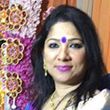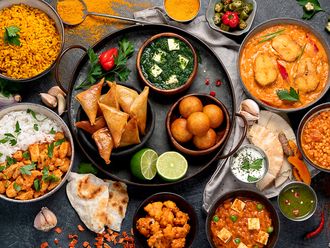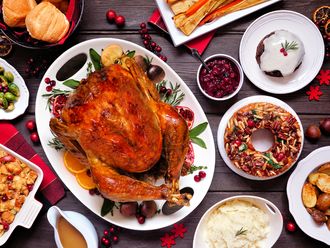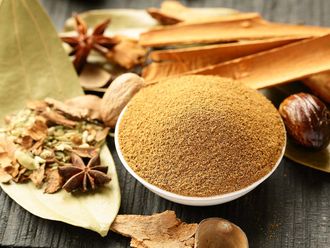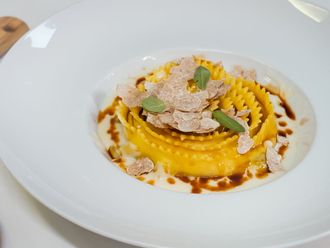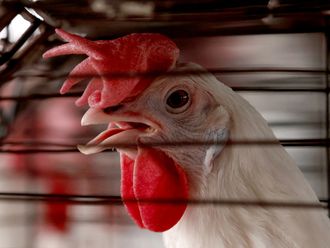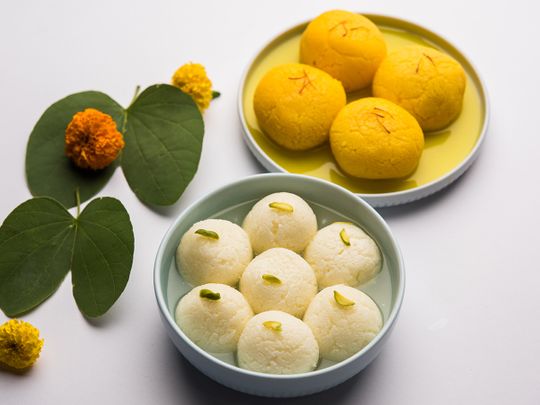
Beyond rituals and traditions, Durga Puja is an emotion for us Bengalis. Much before the four days of festivities begin, Bengalis start preparing for the grandest festival of the year in West Bengal, also celebrated in other Indian states. From buying new clothes to having unbelievable amount of street food, pandal hopping to soaking in every sight and sound [some call it chaos too], preparing for Durga Puja is no mean feat. It is probably worth mentioning that organisers of club, community and home-based pujas start preparing months ahead of the festival, as there is much to do.
My memories…
As a child, I would get into the spirit of Durga Puja at the sight of bamboo poles being tied together to make the pandals (the temporary structures where idols are housed and worshipped during the festival). It was an indication that Durga Puja is almost around the corner. Then came the excitement of getting at least four sets of new clothes to wear during Puja as well as some pocket money from my grandfather. Funnily enough, my elder cousin sister and I’d invariably twin in our polka dotted frocks. Like a ritual, almost every evening we had take out our new clothes and make a mental note of what to wear on which day, which pandals to visit and then carefully fold and put them back in the cupboard.
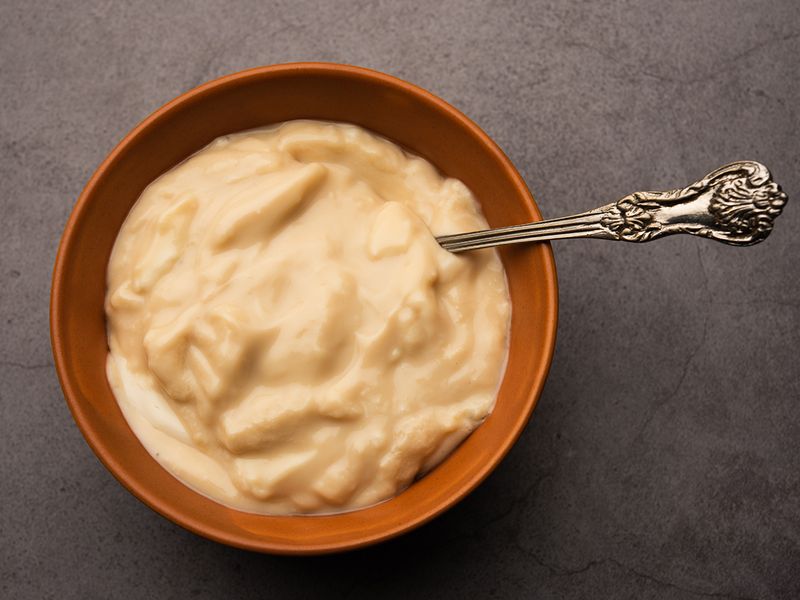
On Mahalaya (the day when the deity Durga is invited to Earth), my grandfather would wake me up before sunrise and together we had to listen to the beautiful Mahishasura Mardini recitations by Birendra Krishna Bhadra. This would be followed by an elaborate breakfast of luchi (deep fried flatbread), aloor torkari (potato curry) and bonde (sweets). Then the real countdown to Durga Puja began, usually seven days away from Mahalaya.
A four-day fiesta
“That’s true, the spirit of Durga Puja takes off from Mahalaya,” agreed UAE-based Bengali expat Kakoli Bose who has lived outside of India for 25 years.
“As a Bengali and that too one from Kolkata, Durga Puja is the most important socio-cultural festival of the year. Over four days - Shaptami, Ashtami, Nabami and Dashami - people come together at the pandals for a fun-filled fiesta combining rituals, tradition, festivities and food. During these four days no one gets scolded for any indiscipline and adda (social gatherings that Bengalis are famous for).”
Another long-time UAE-based Bengali expat Minakshi Ray said, “I’m not a very ritualistic person hence Durga Puja has a more cultural significance for me. Like most Bengalis, Durga Puja is an emotion for me.”
Bengalis will agree that a few key things symbolise Durga Puja including the scents of shiuli flower (night jasmine in English) and dhunuchi (incense). The soul stirring sound of dhak (drum). The taste of delicious bhog (food offered to deities). In addition, the themed pandals, from the famed structures in the UAE to social issues in India and even a tribute to those who lost the Covid-19 battle, and beautiful idols displaying incredible craftsmanship. Add to the mix the various cultural programmes organised throughout Durga Puja.
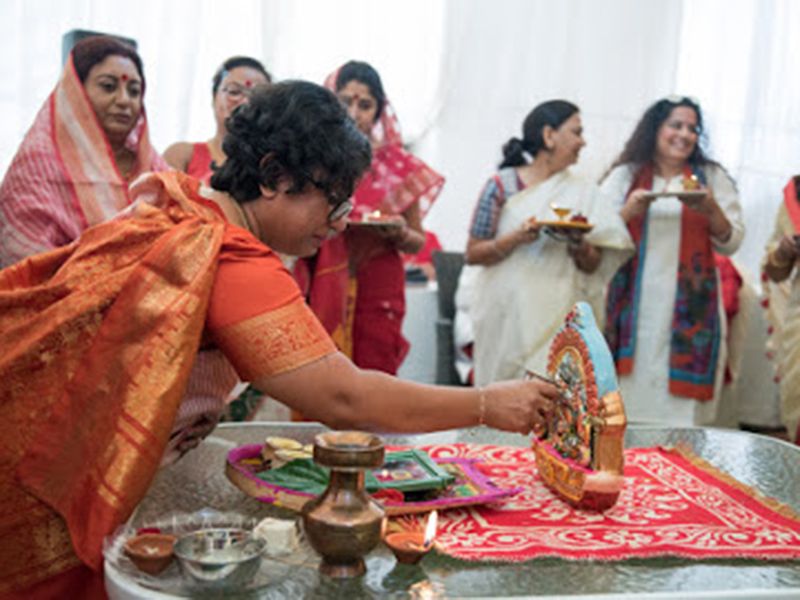
“Add to these the joy of buying new clothes,” added UAE-based Bengali expat Sidhartha Halder. “While growing up, we would buy our occasion wear only during Durga Puja, aside from maybe one set each for birthday and Bengali New Year. We have kept the tradition alive by buying our niece at least four sets of new clothes during Durga Puja.
“Since we grew up in Delhi, my elder sister and I’d count days to our trip to Kolkata during Durga Puja. The overnight train journey and the anticipation of meeting extended family would be so exciting. Plus, we used to be thrilled about our tomato soup in a cup and boiled chicken for our dog who used to travel with us. Even today, I feel an inexplicable sense of joy just thinking about those days,” Halder added.
Importantly, pandal hopping is a must on these four days. Many people start even earlier and are out, literally day and night, hopping from one pandal to another, as if missing even one is unacceptable. Bear in mind that in Kolkata, you can easily lose count as every bylane has a community puja. Halder shared a funny incident, “The last time we celebrated Durga Puja in Kolkata was in 2011. We had decided to see at least 100 pandals. We saw much more than that, including immersion but by the fourth day my shoes tore as it couldn’t bear the pressure anymore.”
From Kolkata to the UAE, how Bengali expats celebrate Durga Puja
“Many years ago, when we moved to Dubai there was only one puja in the temple in Bur Dubai. Even though on a much smaller scale compared to Kolkata, it was enjoyable. At least we got the opportunity to wear new sarees,” Bose joked. “However, since my children were young at that time and school would be open, the festivities were restricted to the evening.”
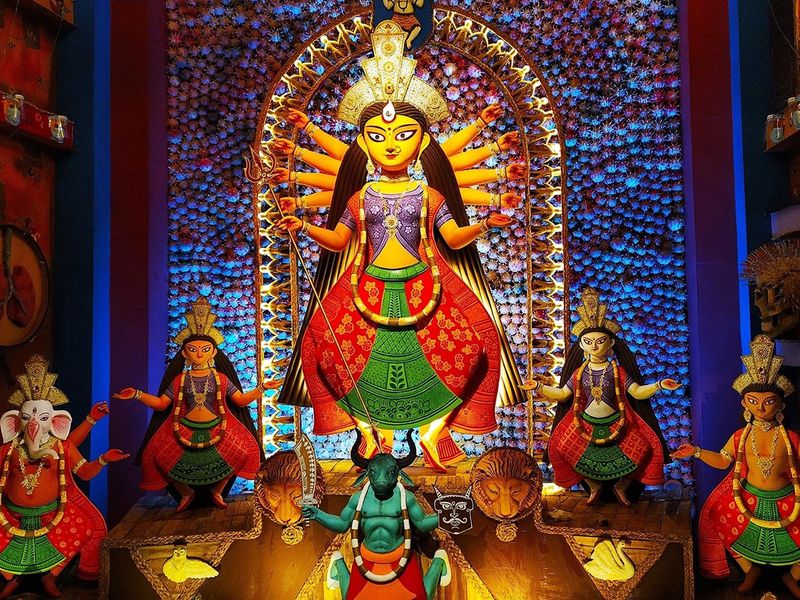
Over the years, many more community centric Durga Puja celebrations have started in the UAE. For example, Ray happens to be on the organising committee of one such.
“Back in 2011, 20 or so Bengali families including mine got together to start our very own Durga Puja in Dubai. We follow all rituals, immersing ourselves in the emotion and spirit of Durga Puja. Buying sarees, rushing to the tailor to stitch blouses to celebrating till late night, the excitement starts building up from the day of our very first puja committee meeting.”
Now Bose is also part of the same group. “It’s our own puja so the involvement is deep just like how it used to be in Kolkata, at times even more. Moreover, since now my husband and I are ‘empty nesters’ it gives enough time and opportunity to enjoy to the hilt.”
However, celebrations have been subdued for two years in a row due to the pandemic. Last year, the festive fervour was completely missing. This year too celebrations will be low key following all safety protocols. While members will partake in Durga Puja celebrations, guests are still not allowed.
“We could not do the elaborate Durga Puja in 2020 due to pandemic related restrictions,” Ray shared. “But this year, with all protocols in place, puja will be celebrated but on a smaller scale.”
“Pandemic has indeed changed everything, and Durga Puja celebration is no exception,” Bose stated. “We had to really strive to keep the puja spirit going while following the applicable restrictions. And rightly so as this is for our own good.”
For some like Halder, irrespective of the pandemic YouTube is the comforting companion during Durga Puja.
“Since we aren’t part of any group here in the UAE, we make do by watching pandals and celebrations on YouTube. Cousins and relatives from Kolkata share constant updates. This year my mother-in-law is very excited about the Burj Khalifa themed pandal,” he said. “During this time, what I miss sorely are kathi roll and fuchka (popular street foods in India) that were customary, and you had almost every day. Growing up, one day before Durga Puja started would be our last day of exam before school closed for a weeklong vacation. My sister and I’d literally get off the school bus and head straight to the fair at Chittaranjan Park, a largely Bengali residential area, in Delhi and stuff ourselves with Bengali street food.”
Food sits at the centre
A big part of Durga Puja is food. There is no doubt about it, Bose asserted. “By nature, Bengalis tend to be foodies and Durga Puja gives us the opportunity to indulge to the maximum. Sometimes we fast in the morning, which is broken at lunch with bhog typically including khichuri, labra, bhaja, chutney and payesh.
“Even though I’m not a foodie per se, I love the traditional bhog. Khichuri and labra are two things that I don’t get tired of eating,” Ray confessed.
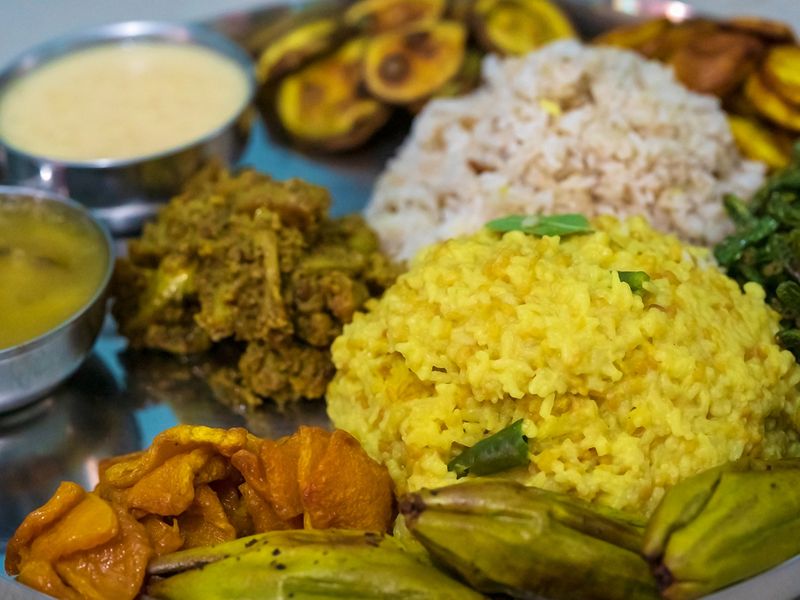
It does not obviously end with bhog. Every street in Kolkata is dotted with food vendors during Durga Puja. Even community celebrations in the UAE offer a similar vibe as members put up stalls offering many of the popular Bengali street foods.
On that note, Halder said, “Every year without fail, we cook several authentic Bengali dishes at home during Durga Puja including khichuri, labra and payesh as well as ilish paturi, kosha mangsho and mishti polao. In fact, a few of our close non-Bengali and non-Indian friends have come to expect at least one elaborate meal together during the Durga Puja week.”
No matter what else is on the offer, mishti or sweets is the lifeline for Bengalis, Bose declared. “The best and the most traditional mishti are offered on the final day of Durga Puja on Bijoya Dashami. But gone are the days when sweets would be made at home and offered to anyone who would visit to exchange Bijoya or festive greetings. Nowadays mostly store-bought sweets are served to guests. Having said that I still try to keep certain traditions going. I still make one of Kolkata’s popular street foods, Mughlai Parantha, at home to serve to guests.”
Here is a list of 5 authentic Bengali recipes to try out this Durga Puja - Bhog Khichuri, labra, payesh, Mughlai paratha and mishti doi
Tell us about your favourite recipes and dishes at food@gulfnews.com



